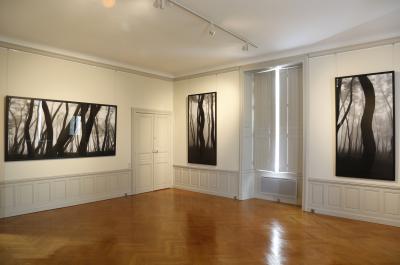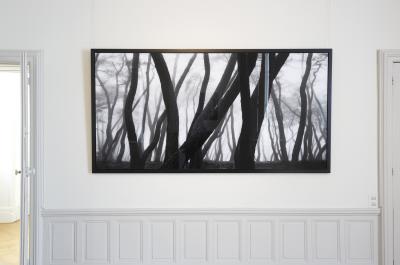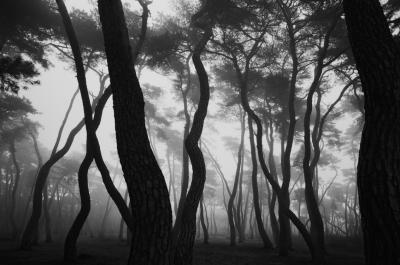Princely apartments, Château
Bae Bien-U
"Pins de Gyeon Gju"
published at 15/11/2018
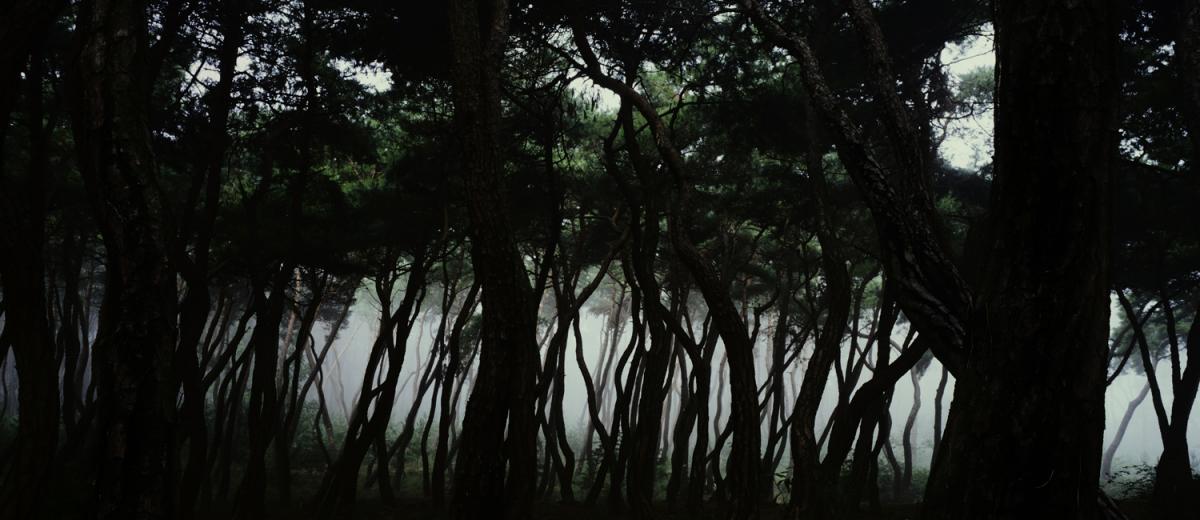
Considered to be one of South Korea’s foremost artists, Bae Bien-U is renowned for his “meditative” landscape photographs which have an almost calligraphic quality about them. The leitmotif behind his photographs is a reflection on communion, on the possible osmosis of man with nature, the source of life, with which we must live in harmony.
The Pins de Gyeon Gju (Pines of Gyeon Gju) is a significant work for the artist. Pine trees carry special symbolic importance in Korean culture for, symbolising longevity, they are the allegory of the soul and have sacred significance. These dark trees, standing upright in a misty dawn, represent the links between the earth and the heavens. The Koreans believe that the pine tree is a medium or intermediary between us and heaven. It is also a symbol of a wise mind, and even of life in its constant evolution.
A philosophical work, infused with delicate, infinitely mysterious light, Bae Bien-U’s photograph plunges us into the depths of an irrational unconscious and paints an infinitely poetic picture of the world.
Emerging out of these images is a fascinating impression of power and peace of mind combined, probably tied in with the former cosmological ideas of existence which held that all living beings came from the same “quintessence”.
BIOGRAPHICAL NOTES
BAE BIEN-U
SOUTH KOREA
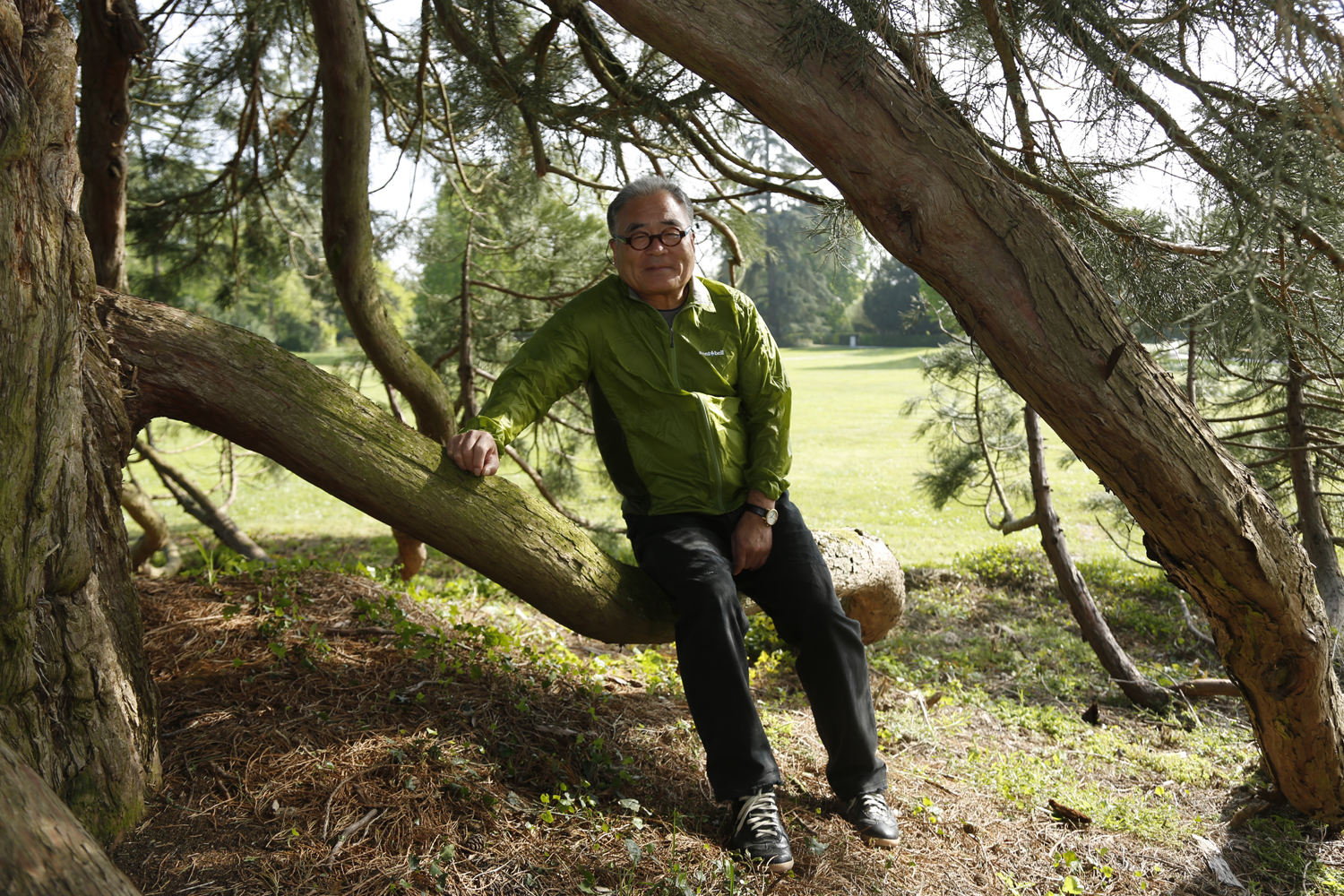
Born in Yeosu, South Korea, in 1950, Bae Bien-U graduated from the Arts and Industrial Design Department of Hong-Ik University. A leading photographer in Korea, his work features in several public and private collections around the world.
In 2009 Bae Bien-U took part in the 53rd Venice Biennale at the Palazzo Fortuny and his work has been showcased at international level through various personal exhibitions.
Bae Bien-U is represented in France by the RX Gallery.
